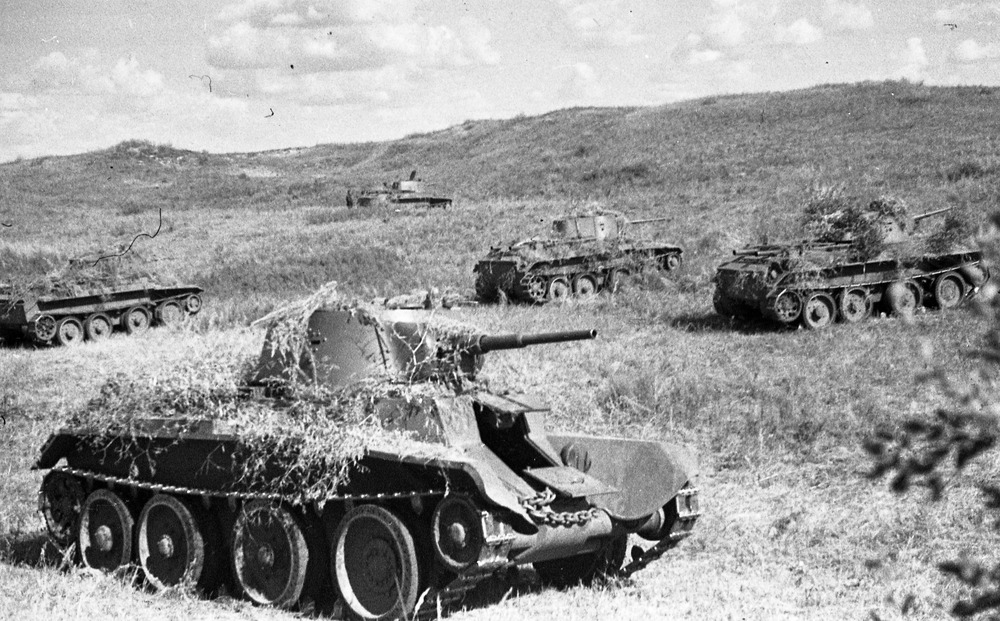This e-book contains the introduction to the more
voluminous work “The Fate of the Russian Revolution, Vol 2: The Two Trotskyisms
Confront Stalinism”. The introductory text is authored by Sean Matgamna, the
leader of the Alliance for Workers' Liberty (AWL), a left-wing radical group in
Britain.
The politics of the AWL are Trotskyist only in a loose sense, and actually sound like a peculiar hybrid between revolutionary socialism and “the decent left” (the pro-war leftists who supported the U.S. interventions in Iraq, Afghanistan and Libya). There is an early precedent for this kind of politics. I'm referring of course to Max Shachtman, who left the official Trotskyist movement in 1940 and gradually evolved into a pro-American/pro-Western Social Democrat. “Orthodox” Trotskyists see Shachtman as an arch-renegade, while the AWL have moved to posthumously rehabilitate him (or most of him – they reject his latest and most right-wing phase, during which Shachtman supported the U.S. war in Vietnam).
To this end, the AWL have published “The Fate of the Russian Revolution”, two volumes of documents from the 1930's and 1940's, detailing the ideological conflicts between the “Orthodox” Trotskyists and the Shachtmanites (dubbed “Heterodox Trotskyists” by Matgamna). A third volume still awaits publication. As already indicated, this e-book is Matgamna's introduction to the second volume. While I found it relatively interesting, I readily admit that a general reader probably wouldn't. The text is very “in-house”, and a critical reviewer actually referred to AWL's entire project as “sectariana” (as in “arcana”). Even interested left-watchers may find it hard to follow, unless they already have a good deal of background knowledge (say, a working knowledge of the Fourth International's history).
Matgamna's main point is that Trotsky, while anti-Stalinist, nevertheless held a contradictory view of the Soviet Union as a “degenerate workers' state”. On the one hand, a “political revolution” was needed to overthrow the Stalinist bureaucracy, which Trotsky sometimes described as worse than the Western bourgeoisie or even the (pre-war) Nazis. On the other hand, the nationalized economy was nevertheless a gain for the working class, and therefore the Soviet Union had to be defended (despite Stalinism) against capitalism. This led Trotsky and the Trotskyist movement (Matgamna mostly discusses the Socialist Workers Party in the United States) into confused responses to the Soviet attacks on Poland, Finland and the Baltic states in 1939-40. Where these attacks “counter-revolutionary”? Or should they be supported, as part of the “defense of the Soviet Union”? Trotsky also expected Stalinism (and Western “bourgeois democracy”) to collapse during World War II. Instead, the Soviet Union (or “Russia”, as Matgamna insists on calling it) expanded and eventually took control over half of Europe. Nor did democracy collapse in the Western nations.
In Matgamna's opinion, the Orthodox Trotskyists of the American SWP vacillated back and forth on Stalinism, sometimes de facto supporting it, for instance by insisting on calling Stalin's Red Army “Trotsky's Red Army”, by supporting the Soviet attacks on Finland and the Baltic republics, or by seeing a political thaw in the Soviet Union during the war. A clever point made by the AWL leader is that it was the SWP, rather than the Shachtmanite Workers Party, which “adapted to petty bourgeois public opinion”, since most “progressives” in the United States supported Stalin's Soviet Union. The heterodox group around Shachtman, by contrast, opposed both the Western allies, the Soviet Union and the Axis, hardly a popular position after Pearl Harbor! Matgamna also believes that the classical work “In Defense of Marxism”, which contains Trotsky's polemical articles against the Shachtmanites, was very selectively edited by the SWP, leaving out Trotsky's most anti-Stalinist remarks. After the war, the Fourth International continued its political zig zags on Stalinism, often correctly opposing it, but just as often supporting some “Stalinist” regime or faction, such as Tito's Yugoslavia, Mao's China or Castro's Cuba.
I happen to think that the author is right on the money in most of his remarks. However, there is one problem with Matgamna's article. The AWL leader never explicitly tells us what *his* position on World War II might be. While the future Cold Warrior Shachtman was so leftist during the war that he denounced all sides, Matgamna constantly implies that the United States and Britain (or at least Roosevelt and the British Labour Party) were qualitatively better than Stalin's Soviet Union (and, of course, the Nazis). Logically, Matgamna should therefore support the Western allies. But if he does that, what about “Russia”? From 1941 to 1945, Stalin's Soviet Union was an ally of the West against the Nazis! Since Matgamna rejects abstract sloganeering in favor of a kind of left-wing pragmatism, he should logically support the Anglo-American-Soviet alliance against Hitlerism. But that, ironically, would place him in the same camp as the SWP (at least on the Eastern Front), and on the opposite side from Shachtman (the revolutionary Shachtman in his pre-Social Democratic incarnation)!
I support the Allies in World War II. All of them. That means even the Soviet Union from 1941 onwards. Yes, FDR and Labour were better than Uncle Joe, but as long as the war lasted, it's difficult not to tactically side with “Trotsky's Red Army” against the Third Reich. It will be interesting to see if and when Sean Matgamna ever draws these conclusions from his criticism of Orthodox Trotskyism…

No comments:
Post a Comment